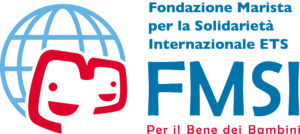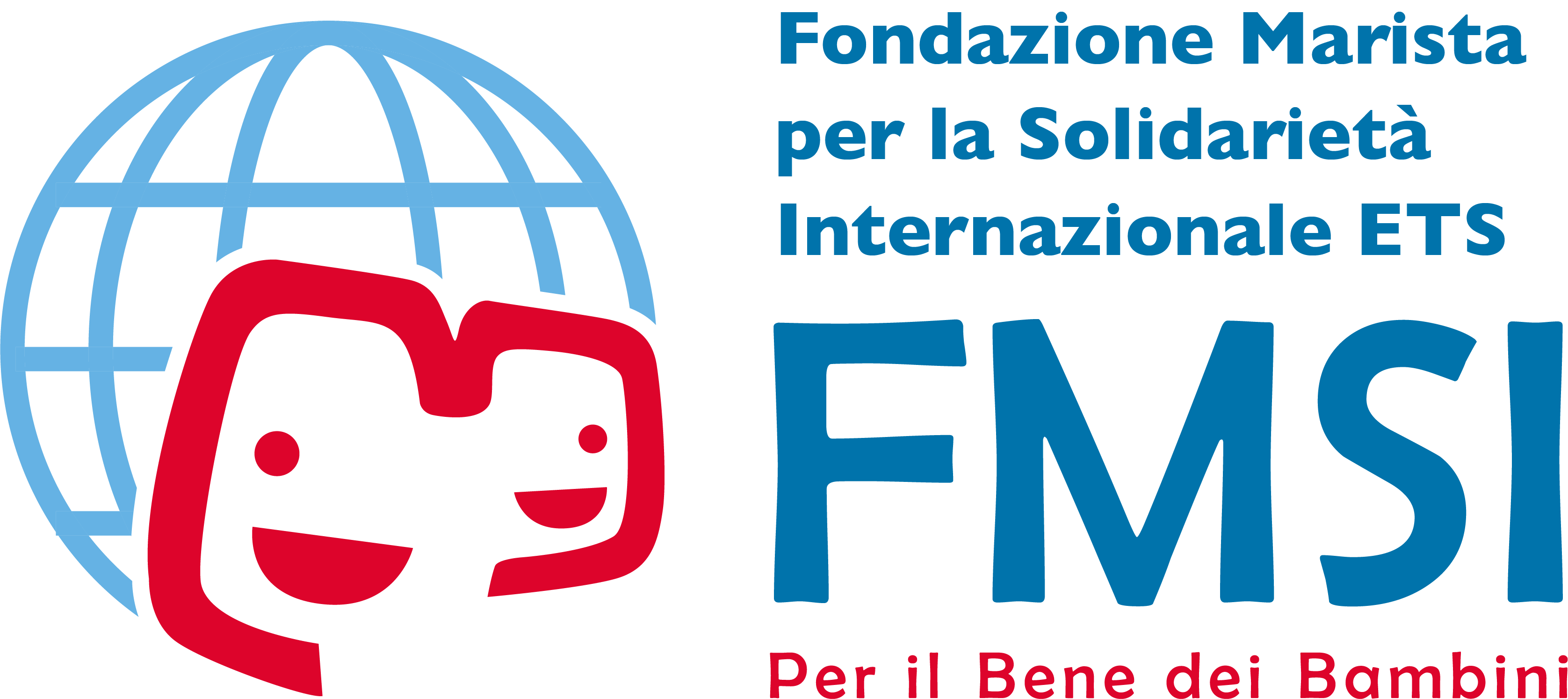The current Venezuelan migration situation is unprecedented. People are forced to leave everything they have because of the current political and economic crisis in the country. There are currently more than 6 million Venezuelans living outside their country. Migración Colombia (August 2021) estimated that about 1,842,390 Venezuelans live in Colombia, with a continuous migratory flow: between 300 and 500 migrants enter the country every day. This is the context in which the Corazón Sin Fronteras project operates. Maicao is located on the border between Colombia and Venezuela, with an estimated population of 55,881 Venezuelan migrants and returnees living in 50 settlements, 7,172 of whom are children and adolescents, almost half of them undocumented. The project is located in the largest informal settlement in Latin America – La Pista – which represents the “home” of more than 14,000 people with very serious human rights suspensions: lack of access to drinking water, education and, in general, to all basic rights. The growing number of children living in La Pista is now the focus of international attention to address priorities, as these children live in conditions of extreme vulnerability. More than 2,800 families live in La Pista, which is territorially divided into 12 blocks, according to census data conducted by community leaders. The large number of Venezuelan migrants, Colombian returnees and Wayuu (an ethnic group from Colombia and Venezuela) living in the municipality of Maicao live in extremely vulnerable conditions. The project targets 600 Venezuelan migrant children and adolescents, Colombian returnees and members of the Wayuu ethnic group between 5 and 14 years of age. According to DANE (National Administrative Department of Statistics), 62.28% of the population of Maicao lives with unmet basic needs and a high unemployment rate in the municipality. Similarly, there is a serious shortage in the coverage of health, education, nutrition and public services. Few areas are equipped with piped drinking water, so residents have to buy water from private individuals in tankers for food preparation and daily consumption, a situation that makes it more costly for households to be sustainable, in addition to the fact that this commercial activity is carried out without control by the health authorities. The direct consequences are hunger, child malnutrition, child and youth exploitation, and labour without social security (informal trade or lack of documentation), situations that make possible the consolidation of criminal gangs of hired assassins, drug trafficking, among other problems, and which have been exacerbated by the number of people who cross the border from Venezuela to Colombia in search of a better future. Data from interviews and surveys carried out by a project professional with the track community show that the migrants interviewed have lower levels of education, on average. Thirty per cent of the people surveyed reported having children or adolescents between 5 and 17 years of age, most of whom are school dropouts and are not attending school. The irregular situation (without documents) of the families is one of the difficulties for the children to enter school. Access to education is further complicated by the lack of access to technology, the Internet and educational materials, as well as the living conditions of migrant populations. The impacts are also felt among the youth population. The proportion of young migrants aged 15-24 who are neither studying nor working is 42% in the municipality.
Aim of the project:
To face these problems, the project seeks to respond to the basic learning needs, as well as to the acquisition of competencies for the management of information technology. These competencies are currently required by the school as part of schools and extracurricular activities, such as online academic and research consultations, information management through e-mail, digital work and production in Word, Excel, PowerPoint, and Paint, among other programmes.
Therefore, thanks to the project, it will be set up a digital classroom in order to:
- Developing the IT management skills of the children benefiting from the project, in connection with other Marist schools, currently 130 children.
- Free training of young people in the community through technical, technological and complementary programmes. Led by SENA, a public institution of the National Learning Service, with which the project has formed an alliance to offer three courses per year. Each course lasts three months and is aimed at 20 participants. 60 beneficiaries per year.
- Running a digital library for online consultations, open to the entire community,
Therefore, in order to achieve these goals, the project envisages the purchasing of 10 computers as an indispensable technological resource in this process of learning and development of the children, young people and the community of “La Pista”, within a protective, healthy and safe space.
Students will benefit from a computer lab in several ways:
- Access to Educational Resources: A computer lab provides children with access to a wealth of educational resources, such as online textbooks, educational websites, and e-learning platforms.
- Digital Literacy: in today’s digital age, having computer skills is crucial for success in various fields. A computer lab provides an opportunity for children to learn and enhance their digital literacy skills. They can learn basic computer operations, internet usage, typing skills, and software applications, which can be valuable for their academic and future career prospects.
- Research and Information Gathering: The internet is a vast source of information, and a computer lab allows children to conduct research on various subjects. They can learn how to search for reliable information, evaluate sources, and gather relevant data for their projects and assignments. This cultivates their critical thinking and information literacy skills.
THE PROJECT IN BRIEF:
The project seeks to respond to the basic learning needs, as well as to the acquisition of competencies for the management of information technology through the purchasing of 10 computers.
THE PROJECT IN NUMBERS:
- 10 new computers purchased
- 1 digital classroom equipped
- 60 direct beneficiaries per year
SDG Goals: 4
Laudato Si’ Goals: 2

